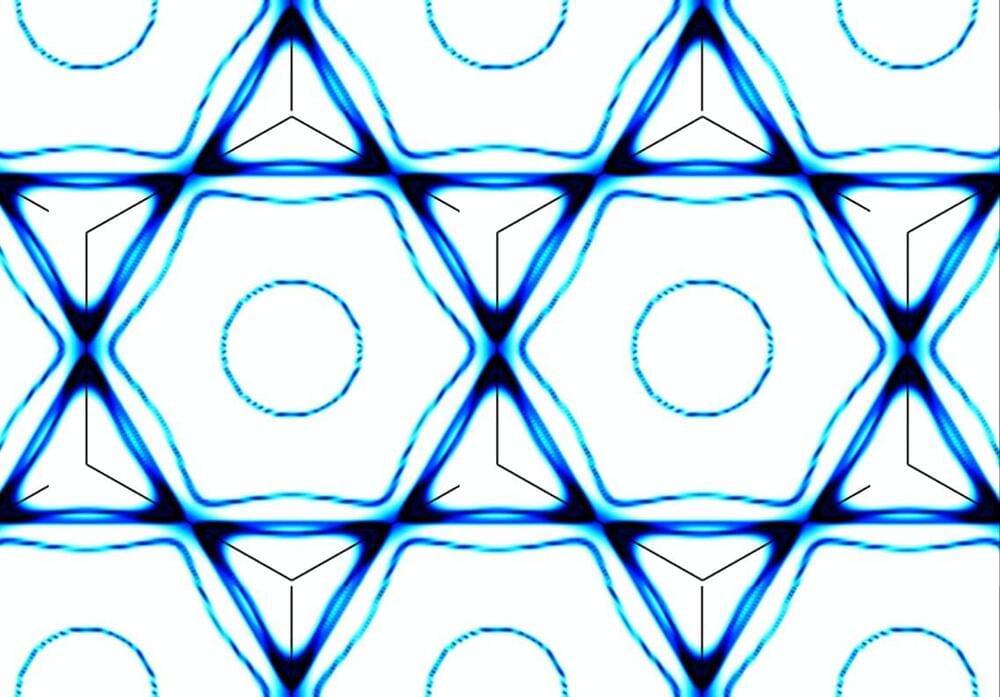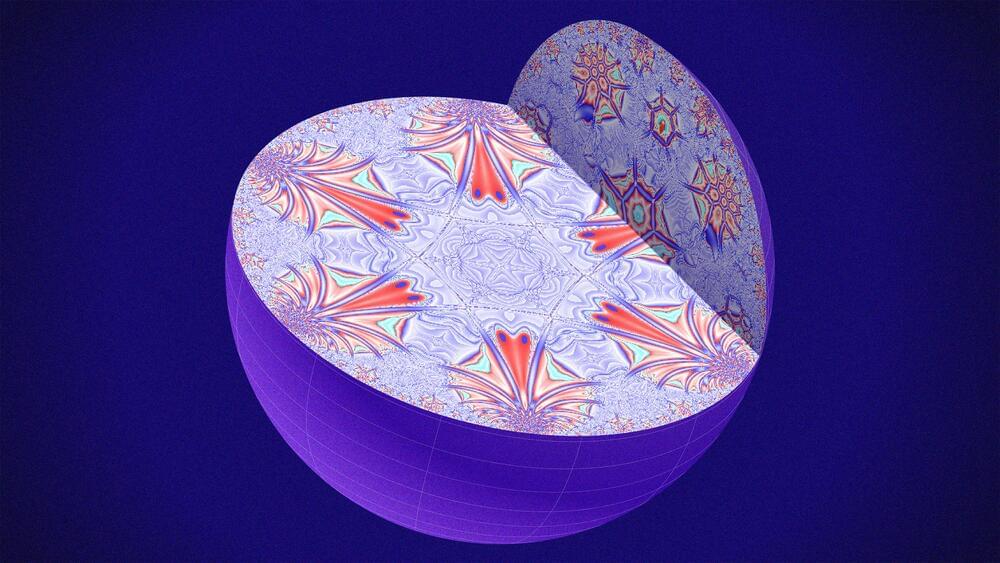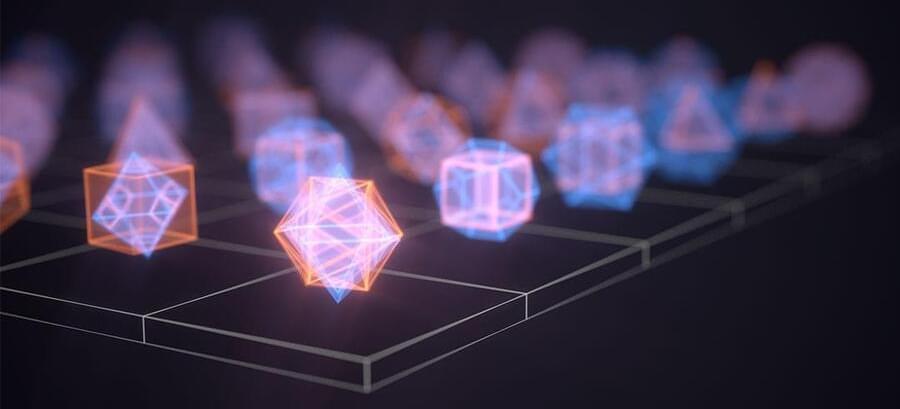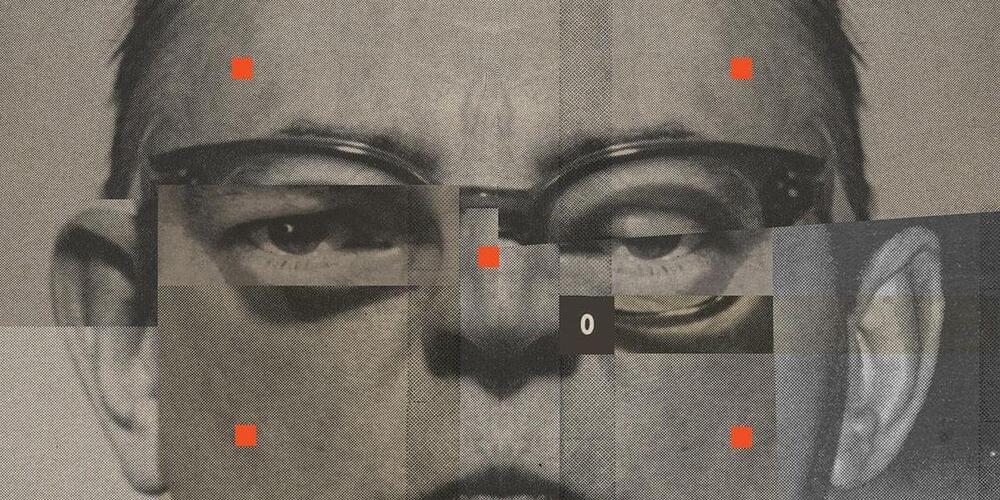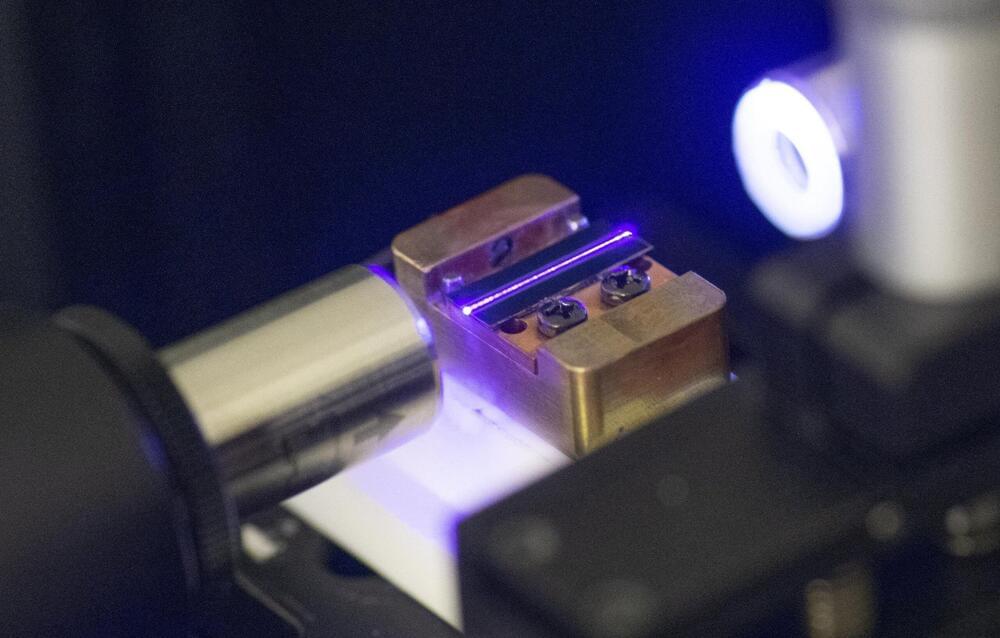Sixty-nine percent of global enterprises have already adopted or plan to adopt quantum computing in the near term, according to a new survey of enterprise leaders commissioned by Zapata Computing. The findings suggest that quantum computing is quickly moving from the fringes and becoming a priority for enterprise digital transformation, as 74% of enterprise leaders surveyed agreed that those who fail to adopt quantum computing will fall behind.
Broken down further, 29% of enterprises worldwide are now early adopters of quantum technology, while another 40% plan to follow in their footsteps in the near future. Adoption thus far is highest in the transportation sector, where 63% of respondents reported being in the early stages of quantum adoption. This may be a reaction to the ongoing supply chain crisis, which quantum could help relieve through its potential to solve complex optimization problems common in shipping and logistics.
Among early adopters, 12% expect to achieve a competitive advantage with the technology within one year, while another 41% expect an advantage within two years. The findings suggest confidence among enterprise leaders that quantum computing is no longer a distant reality, but a near-term opportunity. Machine learning in particular was cited as the top near-term use case for quantum computing.

